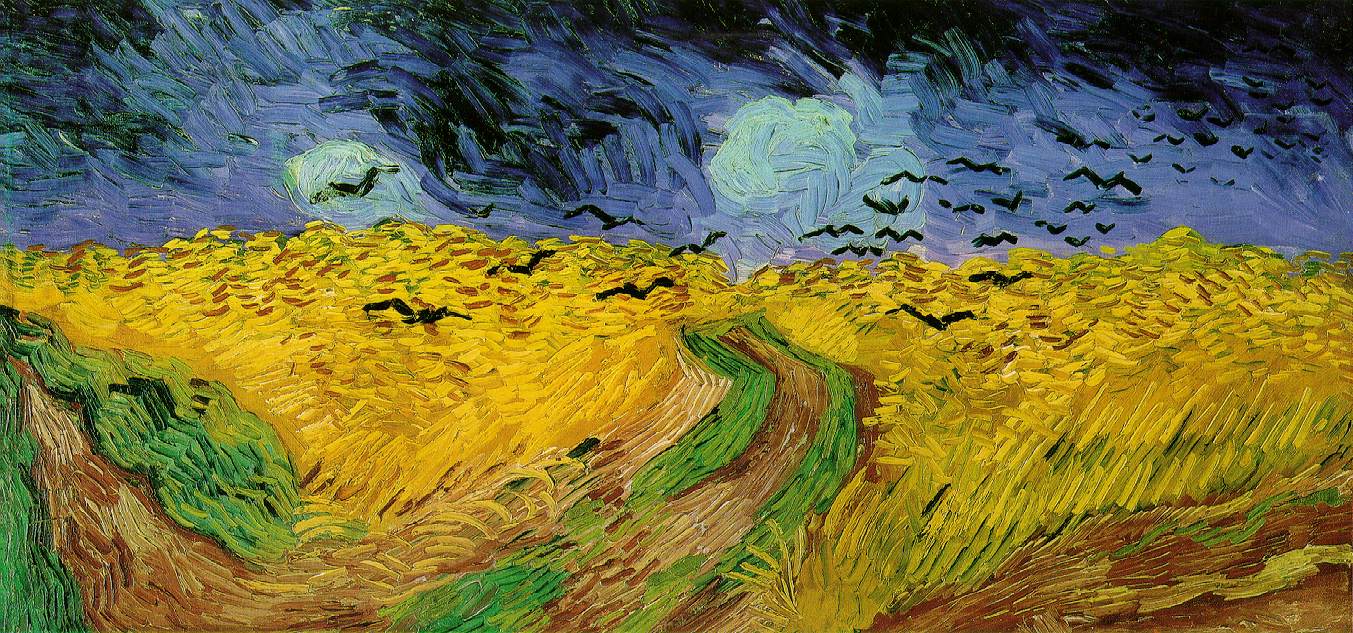Read Amy Adler's essay 'The Folly of Defining 'Serious Art'', and taking into consideration things discussed in the Seminar, write at least 500 words on the role of censorship in the arts/media. Use quotations to justify ideas and opinions raised, refer to specific examples and write in the third person.
The Role
of Censorship in the Arts/Media.
The role of
censorship, particularly that of obscenity laws, is one of the main arguments
ruling art out of today’s culture. Amy Adler’s essay on ‘The Folly of Defining
“Serious” Art’ tries to explain what is happening between art and what is
classified as obscenity. Adler points out that the ‘Miller Test’, which sets
out the guidelines of what is deemed offensive, is full of loop holes which
‘serious artistic value’ can pass through, protected. Adler believes that the
Miller Test asks the question of ‘what is art?’ and what constitutes as being
‘serious art’. Clement Greenberg, an influential art critic, wrote in 1955,
‘There is good and bad in contemporary painting, and the difference owes its realisation
to a severer discipline…Art in its ‘purity’ would find the guarantee of its
standards of quality’. Adler believes that although this was true in
Greenberg’s era, the postmodernism movement made art, at times,
indistinguishable from obscenity. Todd Gitlin also asks the question of who
decides what is appropriate or not. He writes, ‘who has the right to hang that
painting? And at least as significantly, should
it have the right? And who should decide? Is it the business of law? Of artists
themselves? Or is it the business of consumers?’
Amy Adler’s
essay questions the obscenity laws by saying ‘we cannot ban obscenity and
protect art. It won’t work. We’ve got to choose one or other’. In the case of
Tierney Gearon’s photographs showing her naked children, tabloids condemned it
as ‘a revolting exhibition of perversion under the guise of art’. Gearon
replied by saying that she would never exploit her children but realised that
it was a difficult subject which many people would have mixed feelings over.
She said, ‘this is all a question of perception…this is art…I don’t understand
how you can see anything but the purity of childhood.’
In Polly
Yoynbee’s article titled ‘The voyeurs have won’ she depicts the censor as an
‘obedient by necessary slave to society’. Art is all about taking risks and
creating taboos and the only question the tabloids raised in the Tierney Gearon
case is ‘whether any portrayal of a naked child is now officially indecent, or
breaching infant privacy’. Yoynbee makes an argument that ‘the current
obsession with child sex forces everyone to view the world through paedophile
eyes. The abhorrent aberrant has won, making us all dirty voyeurs by proxy’.
Her article also brings up the issue that as a culture, we constantly have
graphic images of naked adults in our midst, but children are shrouded as if
they ‘are indeed sexual’. So a ‘ban on all child nudity powerfully suggests the
very vileness it seeks to prevent’.
In Jonathan
Jones’ piece ‘Goldin’s art is not porn’, he states that society should either
‘believe in the freedom of art galleries to exhibit modern art, which is
provocative by nature, or don’t’. He writes that paintings involving nude
children like Caravaggio’s Cupid are withheld from the tarnished brush of
‘obscenity’ by being paintings. Nan Goldin’s photography, however, which was
banned from the Baltic gallery, was not allowed the same freedom.
Justice
O’Connor wrote, ‘The audiences’ appreciation of the depiction is simply
irrelevant to the government’s asserted interest in protecting children’. Adler
writes on the subject, ‘the struggles over serious artistic value in obscenity
law do not apply to child pornography. Even as (the law) combats the
sexualisation of children, I believe that child pornography law has also
contributed to a world in which we scrutinize children in a way that we never
did before. In this way it inadvertently fosters the sexualisation of
children.’
Adler also
writes about the issues of a ‘mom’ being more accepted by society taking
pictures of her naked children, than a professional (male) photographer. One
could be an accident, the other, deliberate. Alder ends by stating that
censorship is as imprecise and impure as the expression itself but to question
the meaning of ‘art context’ still requires a definition of ‘art’, which is, as
Adler puts it, impossible.























